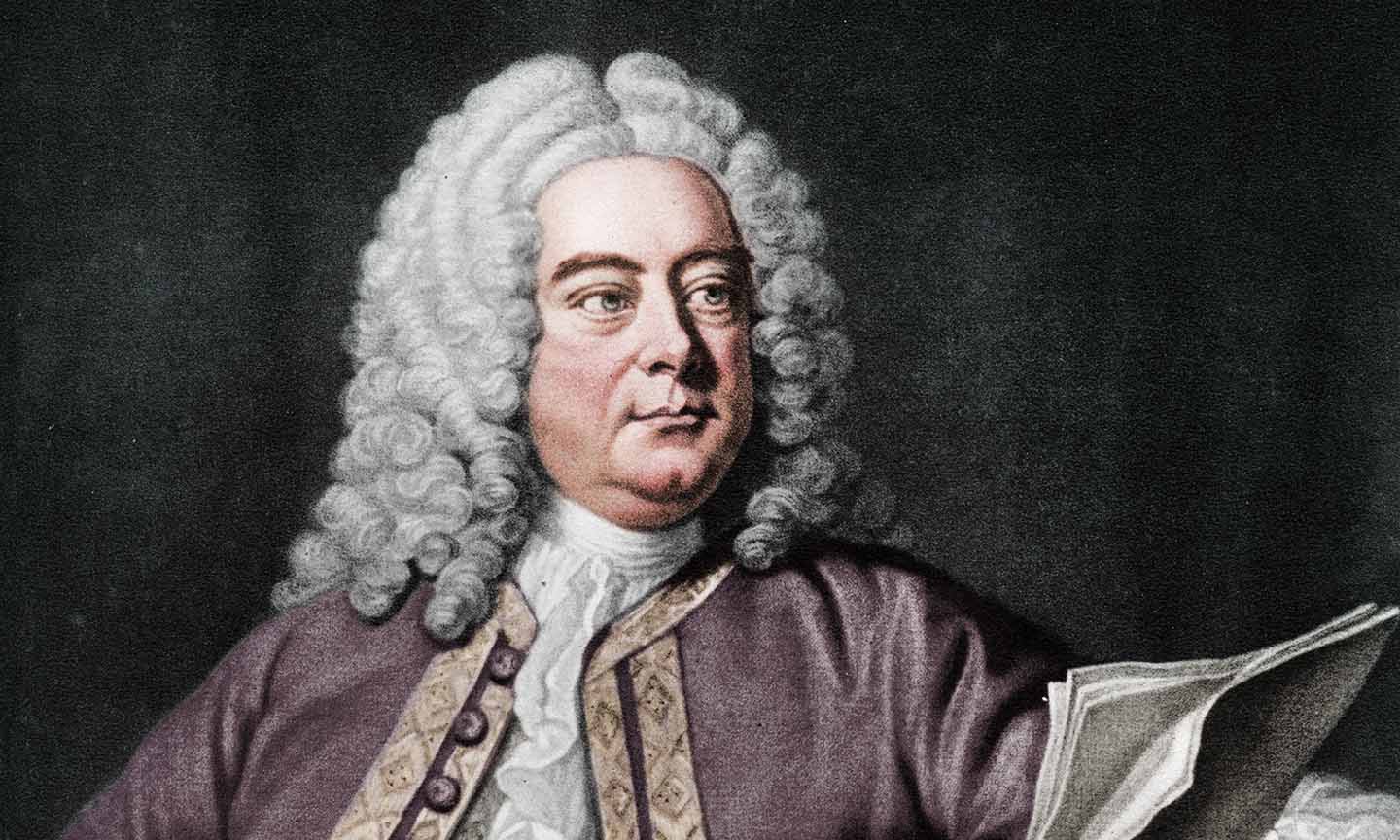Georg Friedrich Händel (1685–1759) is one of the most celebrated composers of the Baroque era, known for his operas, oratorios, and instrumental compositions. Among his most distinguished works is the Concerto Grosso in C minor, Op. 6 No. 8, a piece from his Twelve Grand Concertos, Op. 6, composed in 1739.
The Context of Composition
During the late 1730s, Händel faced financial difficulties and a shifting musical landscape in London. Italian opera, which had dominated his career, was losing popularity, and public interest was turning toward English oratorios and instrumental music. In response, Händel composed a set of twelve concerti grossi (Op. 6), following in the tradition established by Arcangelo Corelli. These works were designed to rival the famous Concerti Grossi, Op. 6 by Corelli, whom Händel deeply admired.
Händel wrote these concertos in the span of just a month, from September 29 to October 20, 1739. The pieces were intended to be performed between acts of his oratorios, providing instrumental interludes that showcased both his compositional prowess and the virtuosity of the performers.
Structure and Musical Characteristics
Concerto Grosso in C minor, Op. 6 No. 8 is a six-movement work that adheres to the concerto grosso form, which features a contrast between a small group of soloists (the concertino) and the full orchestra (the ripieno). The movements are as follows:
- Ouverture (Largo – Allegro) – The opening movement presents a dramatic and solemn introduction, leading into a lively fugato section characteristic of Baroque style.
- A tempo giusto – A stately movement with dance-like qualities, embodying a refined elegance.
- Allegro – A fast-paced, energetic movement that highlights intricate interplay between the concertino and ripieno.
- Adagio – A poignant and expressive section, rich in harmonic depth and melodic ornamentation.
- Allegro – Another spirited movement, full of rhythmic vitality and contrasts.
- Fuga (Allegro) – The concerto concludes with a fugal finale, showcasing Händel’s mastery of counterpoint.
Reception and Legacy
Despite the challenges Händel faced in the late 1730s, the Op. 6 concertos were well received by audiences and became some of his most enduring instrumental works. The Concerto Grosso in C minor in particular stands out for its dramatic intensity and inventive use of the concerto grosso form.
These works influenced later composers, including Mozart and Beethoven, and remain staples of the Baroque orchestral repertoire. They are frequently performed in concerts and recorded by leading Baroque ensembles, preserving Händel’s legacy as a master of instrumental music.
Conclusion
The Concerto Grosso in C minor, Op. 6 No. 8 exemplifies Händel’s brilliance in blending Italian and English musical traditions into a powerful and expressive composition. Written during a pivotal period in his career, it reflects his adaptability and enduring influence in the world of classical music.


Comments are closed